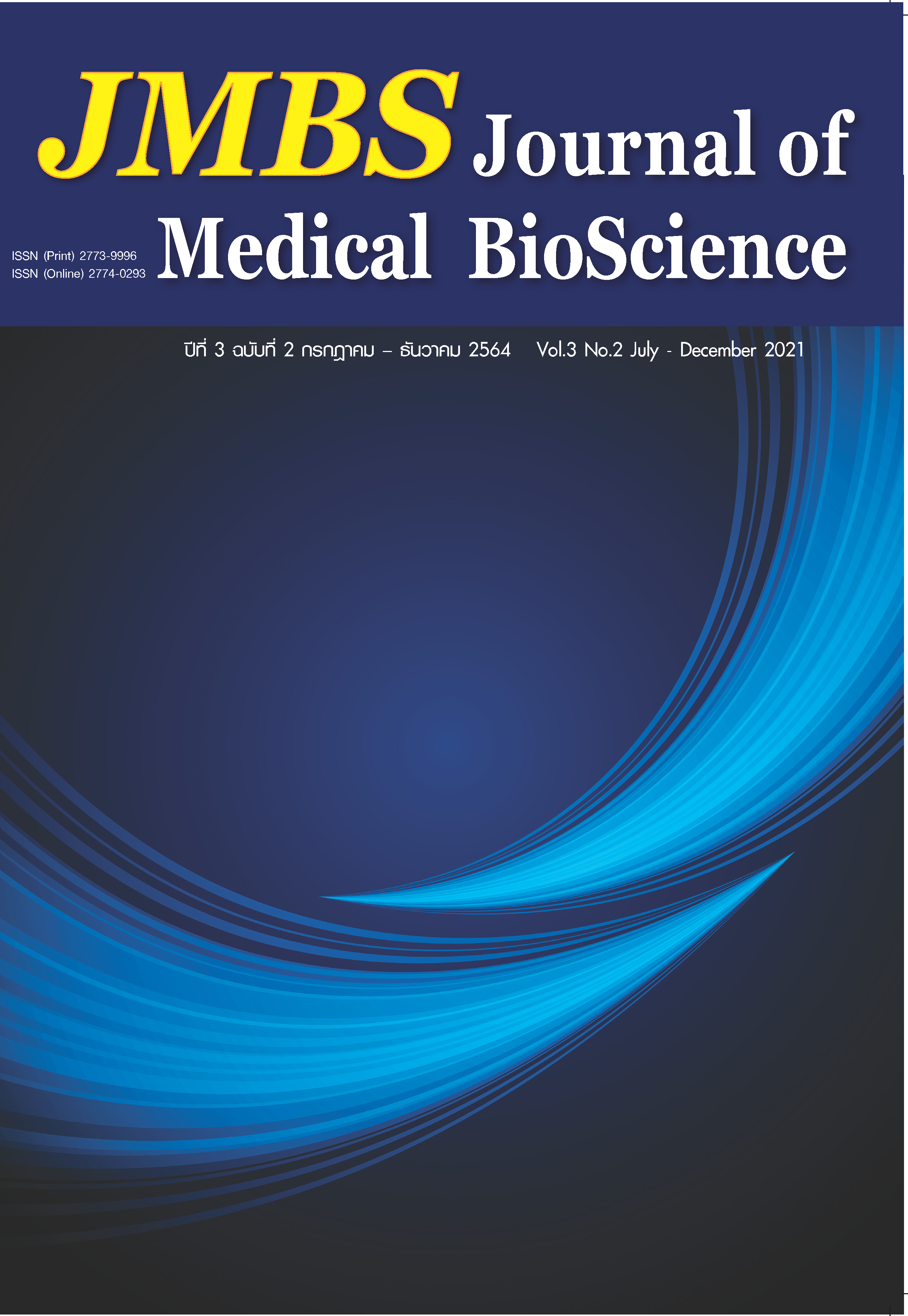Prevalence and associated factors of premenstrual syndrome and premenstrual dysphoric disorder among physical therapy internship students in Bangkok and surrounding areas
Keywords:
Physical therapy students, premenstrual dysphoric disorder, premenstrual syndromeAbstract
Background: Premenstrual syndrome (PMS) and premenstrual dysphoric disorder (PMDD) are common disorders affecting the health and daily life of reproductive-age women. Nevertheless, the study on PMS and PMDD among Thai physical therapy students is still lacking.
Objectives: To investigate the prevalence and associated factors for moderate to severe PMS and PMDD among undergraduate physical therapy internship students in Bangkok metropolis and the surrounding areas.
Methods: A cross-sectional descriptive study was conducted in 256 physical therapy students in three randomly selected universities from August to December 2022. The subjected were asked to complete self-administered questionnaires included: 1) Personal and educational information; 2) medical and menstrual-related information; 3) Lifestyles information; 4) Premenstrual Symptoms screening tool (PSST) - Thai version; 5) Patient health questionnaire (PHQ-9) - Thai version; 6) Suanprung Stress Test- 20 (SPST-20); and 7) World Health Organization Quality of Life Brief–Thai (WHOQOL-BREF-THAI). The collected data were analyzed using descriptive and inferential statistics.
Results: The prevalence of moderate to severe PMS and PMDD was 31.3% and 6.6%, respectively. According to logistic regression analysis, moderate to severe PMS was significantly associated with the presence of medical illnesses (P = 0.006), premenstrual bloating (P = 0.036), diarrhea during menstruation (P = 0.022), dizziness during menstruation (P = 0.012), having high to severe level of stress from SPST - 20 (P = 0.035), and having depression (P < 0.001), whereas no factors were significantly associated with PMDD when using logistic regression analysis.
Conclusion: According to the study, 37.9% of physical therapy students had moderate to severe PMS and PMDD. As a result, these students must be concerned about physical, emotional, and behavioral premenstrual symptoms for the sake of their health, internship performance, and overall quality of life.






